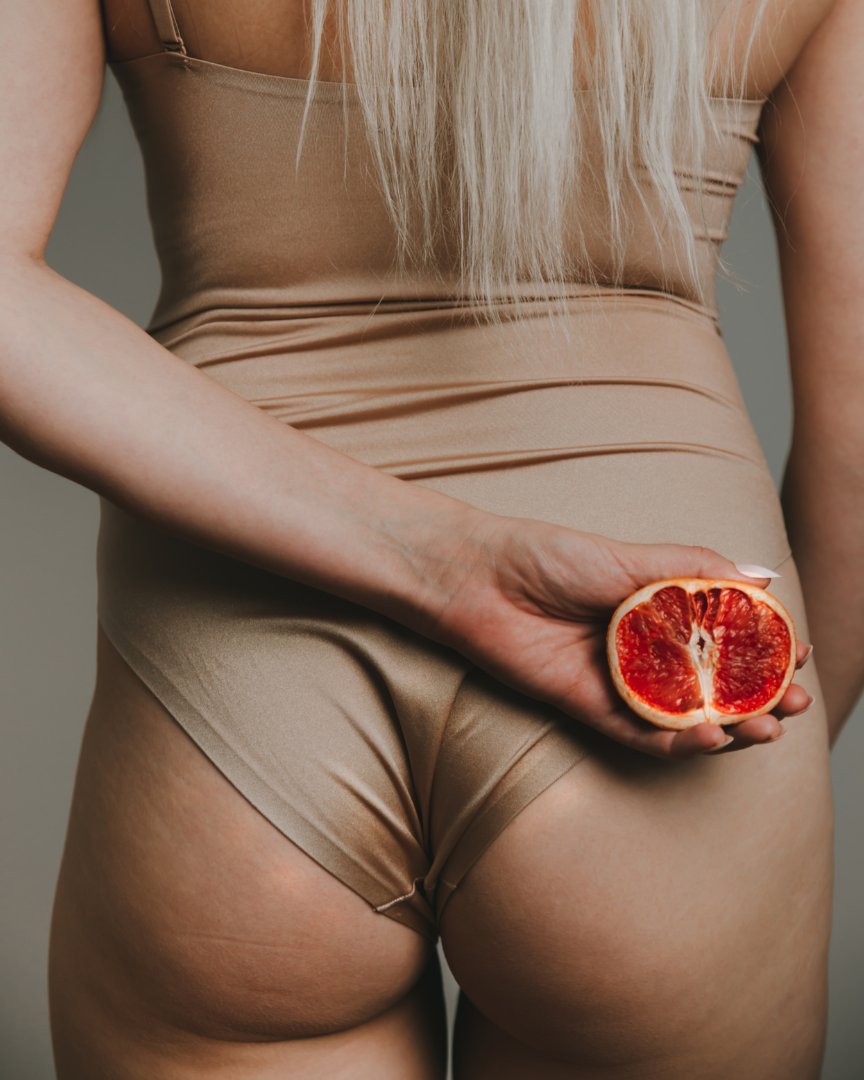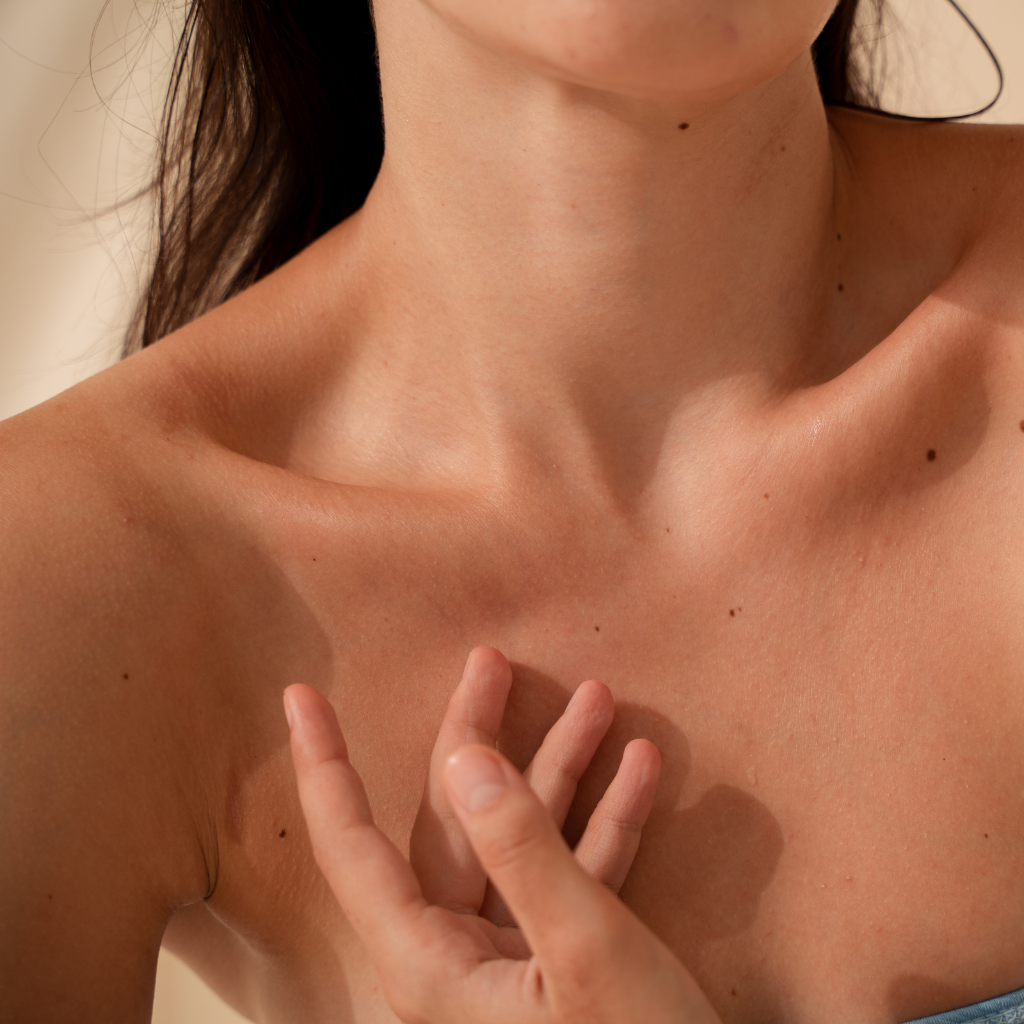In your journey to be more eco-conscious, you’ve probably made a ton of green swaps—switched out your ziplocks for Stasher bags, swapped that plastic packaged, aluminum deodorant for our 100% natural version, packaged in glass...
And yet, when it comes to clothing: you seem to still be picking fast fashion brands.
We get it: it’s hard not to! When there are cute clothes available for so cheap, it’s a tough choice whether to buy that cute dress for just 12.99. It seems like a bargain.
But we all know shopping secondhand is so. Much. Greener.
Thrift shopping may seem intimidating—how many Buffalo Exchanges will you need to go through for a great fitting pair of jeans??—but you just got to know the easy tips and tricks to be an expert.
Let’s go into why second hand shopping is so important and where you should look to become a master thrifter!
It’s a Greener Choice

Sure, it’s easy to understand the reason why second hand clothing is better for the environment in simple terms: you’re making a purchase that might otherwise be hitting the trash can.
In comparison: fast fashion is on the opposite of the green spectrum.
We consume 80 billion pieces of clothing every year... And not all those pieces are worn.
Imagine the shirts that get left in your closet for years, or stores’ clothing that aren’t able to completely sell out. This means that we are making far more than what we can consume, at the price of the fashion industry producing 10% of humanity’s carbon emissions.
What’s also concerning are the materials most of these items are made of. We’ve veered away from natural fabrics that last longer to cheap, harmful synthetic materials. These materials—like nylon, acrylic, and polyester—can take up to 1000 years to biodegrade, and release tiny plastic particles when washed…
Which eventually finds them straight into our oceans.
\We can do far, far less damage by purchasing our clothing from consignment businesses. Most apparel that is accepted by second hand stores are made of sturdier materials that both keep a lower carbon footprint and last longer in your wardrobe. You’ll be keeping otherwise perfectly good clothing out of the landfills, and investing in materials that will last longer. A win-win!
Fast Fashion, Cheap Pay

Of course you would love to help the planet by shopping second hand!
… But the price of a fast fashion dress is a siren’s call for you.
To snap you out of the fashion industry’s spell… Let’s talk about why that dress is so cheap.
Many big name fast fashion brands hire from outside countries… Predominantly young women between the ages of 18 and 24 that are only paid around $96 per month.
For big name brands to sell their clothing so cheap and yet be worth billions of dollars (H&M alone is worth close to $19 billion), it’s not surprising to learn how little they pay their workers.
Still. That doesn’t make it right.
When looking into the ethics of fast fashion, it’s important to look at the industry from both an environmental and human rights standpoint… And the fashion industry is quickly proving itself to be neither.
Thrifting Affordably

Admittedly, thrifting has gotten quite trendy in recent years… Especially for consignment businesses that list themselves as “vintage” collectors.
As such, they tend to up the prices of their clothing, which can look questionable in the face of the overall thrift business. If it costs that much to thrift quality pieces… Then you can’t afford it.
With all due respect to those businesses and their prices, though: that’s not thrifting.
Common thrift shops that will give you bargains are the ones you’ve probably heard of—Buffalo Exchange, Goodwill, etc.—but you can also try browsing around your city for an independently operated thrift shop for even better prices. Most of these can buy some of your unwanted clothes and give you credit for their store… So after you’ve sold them some items, you might be able to get something from their shop for free!
With second hand shops, you also get to be in on the “thrill of the hunt” game. It sounds dramatic… And probably is. But there’s nothing like finding a whole outfit, or—an even bigger score!—a designer label for under $30.
Trust us: it adds a whole new layer of fun to your shopping adventure.
If you’re not really into the “treasure hunting” aspect of physically going to thrift stores (or you’re really just looking for something specific and don’t want to search five stores with no results), thankfully you can also turn to the internet.
Sites like Thred Up and Poshmark make it easier than ever to look for a good bargain. Both sell designer and common brand names alike, and allow you to search via brand or apparel type. Whether you’re looking for a Dior gown or a polka dot sundress: they’ve got you. Best of all, they consist of people selling their own clothes, so you’re supporting a community of thrifters!
They’re also a great alternative right now during the pandemic-- you won’t even have to leave your house to nab a deal!
We Pick What We Wear

There is nothing you would love more than to be able to purchase a pair of leggings made out of recycled water bottles… But $80 isn’t always affordable for some families. And the leggings at a mall store start to look really nice when they’re only $5…
But that same pair of leggings ultimately cost us much more to be made.
Will the fast fashion industry be put completely out of business by just one thrifting trip? No. Do thrift shops also sell clothing pieces made of materials not so eco-friendly? Unfortunately: yes.
That’s not the point. The point is we’re trying to make a difference. Maybe it’s not as big as we’d like it to be, but it’s there. If corporations see more people thrifting, if they see that we prioritize well-made clothing that doesn’t come at a heavy cost to the environment or young factory workers—maybe we can change the way these corporations make their own clothes.
In order to see a change, we have to do our part by making change—or in this case…
Wearing it.
--
What have been some of your favorite thrift finds? Let us know below!












